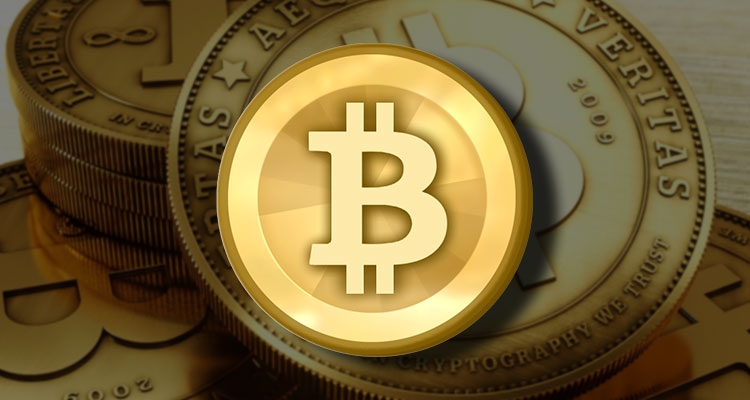By April of 2016, the market price of BitCoin topped out a little over $400US. Sharp increases occurred in June exceeding $750US, after which pricing continued at a steady rise. Just before January 2017, the price spiked to over $1250US, but in less than two weeks, took a nosedive back to $750US.
Since January, price recovery has been steady. The first of March saw pricing almost hit $1300US, then fall again into the $900’s, rising back and stabilizing above $1000US. These dramatic fluctuations in BitCoin market prices have drawn attention to a heated controversy regarding a potential software upgrade, referred to as a “fork”.
Forks are inevitable and necessary for improving the function and efficacy of digital currencies. They are similar to conventional electronic software upgrades: Some are absolutely required to continue using a program, and these are referred to as hard-forks. Non-compulsory upgrades (but highly recommended) are known as soft-forks. And whether the update becomes a hard or soft fork, the software improvements for digital currency is all about the transactions.
As a favorable form of currency for online gamblers, the value of BitCoin has everything to do with privacy, and privacy has everything to do with decentralization. Crypto-currency transactions are not monitored by corporate or governmental interests. With decentralized currency, transactions are kept private despite the fact that the bookkeeping is performed in the open via a digital ledger, known as a blockchain (opens in new window).
A blockchain, as the word suggests, is a chain of blocks, and each block consists of a pre-determined number of transactions. Increasing both the number and speed of transactions within the blocks requires software upgrades, or forks. If the BitCoin open-source community agrees on a major software upgrade, or hard-fork, the inevitable and irreversible blockchain split may produce an unwanted consequence of two separate BitCoin entities which then may run independently creating two separate coins: BitCoin Core (BTC), and BitCoin Unlimited (BTU).
And if these two separate and independent blockchains emerge from the Hard Fork, three potential outcomes are possible: All BitCoins become BTC, or all BitCoins become BTU, or, coins will double and exist in both blockchains. There are many “ifs” in this scenario, but wise BitCoin holders are preparing for all three possibilities.
BitCoins are generally stored and accessed in two forms: Privately or on “exchanges.” BitCoin holders concerned about the potential hard fork blockchain split scenario should consider the risks associated with exchanges. For instance, the Director of one such digital asset exchange, David Farmer of Coinbase, recently stated in his March 19th blog post, “Customers who wish to access both blockchains at the time of the hard fork should withdraw their BTC from Coinbase” and “Customers should take note that they will not be able to withdraw bitcoin from or deposit bitcoin to Coinbase for a period of up to 24 hours or more following the fork.”
Thus, conventional wisdom applies: The safest way to hold BitCoin during both controversial and non-controversial times is with a wallet in which you hold the private keys. Allowing third party exchanges to hold your BitCoin authorizes them to control the outcome of your assets.


